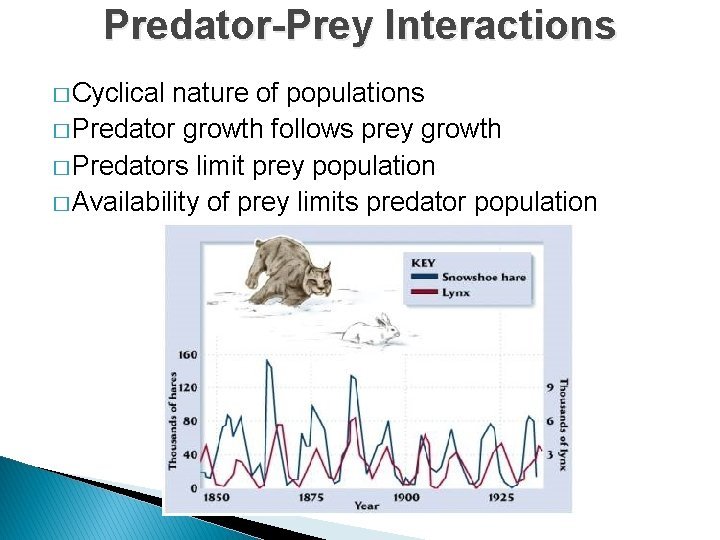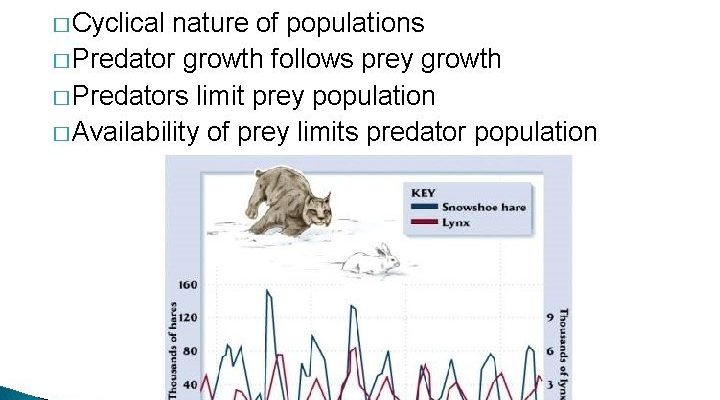
Acanthocephala are remarkable because of their spiny heads and complex life cycles. They’re not your average parasites; they can manipulate their hosts’ behavior to increase their chances of survival. But environmental threats, such as pollution and climate change, can have dire effects on these and other species. In this blog, we’ll pull back the curtain on the world of Acanthocephala, uncovering their predators and the environmental hazards they face.
Understanding Acanthocephala: The Basics
Acanthocephala, also known as thorny-headed worms, have a life cycle that typically involves multiple hosts. They begin life as eggs released into freshwater ecosystems, which are then consumed by small invertebrates. Once ingested, they develop into larvae and later move up the food chain, often residing in fish or birds.
Now, here’s the fascinating twist: these parasites can manipulate their hosts! For instance, infected fish may swim closer to the surface, making them easy prey for birds, which are the final hosts. This clever trick ensures the parasite continues its life cycle. Understanding this intricate relationship helps us see why Acanthocephala play a unique role in their ecosystems.
Natural Predators of Acanthocephala
Like many organisms, Acanthocephala have their share of natural predators. Birds, particularly those that feed on fish, tend to be the primary consumers of these parasitic worms. But they’re not alone; various fish and other aquatic animals also play a role in keeping Acanthocephala populations in check.
– Birds: Species such as herons and egrets are known to hunt fish infected with Acanthocephala. After consuming the fish, the worms can survive and complete their life cycle in the birds.
– Fish: Some fish, especially those that are omnivorous or carnivorous, might eat infected smaller fish, ultimately introducing Acanthocephala into their systems.
– Invertebrates: Even smaller creatures, like certain crustaceans, can affect Acanthocephala populations as they feed on infected hosts in their larval stages.
With all these predators around, it’s clear that Acanthocephala face significant pressure. But it’s not just the food chain that matters; environmental factors play an equally crucial role.
Environmental Threats Affecting Acanthocephala
While predators indeed threaten Acanthocephala populations, various environmental threats pose risks too. Pollution, habitat destruction, and climate change can dramatically affect their survival. Let’s break some of these down.
– Pollution: High levels of pollutants in water can alter the ecosystems where Acanthocephala live. Chemicals and heavy metals can affect fish health, reducing the chance of Acanthocephala completing their life cycle. If fish populations decline or become unhealthy, the worms struggle to find suitable hosts.
– Climate Change: Global warming leads to changes in water temperature and quality. Acanthocephala thrive in specific temperature ranges, and any fluctuation can impact their lifecycle. Warmer waters, for example, may lead to faster growth for some fish species, changing feeding patterns that could affect how easily Acanthocephala find hosts.
– Habitat Destruction: Urban development, agriculture, and other human activities lead to the destruction of aquatic habitats. Wetlands and rivers are essential for these parasites to flourish. Without the right environments, Acanthocephala populations can dwindle.
The Impact of Invasive Species
Invasive species can disrupt local ecosystems in various ways, affecting the balance of predator and prey relationships. This imbalance can have ripple effects on Acanthocephala populations.
– Competition: Invasive fish species might outcompete native fish that host Acanthocephala. This can decrease the available hosts for these parasites, limiting their reproduction and survival.
– Changing Predation: Invasive predators may target fish differently than native species, potentially increasing predation pressure on fish infected with Acanthocephala. This can lead to a reduction in Acanthocephala populations as their survival becomes more challenging.
– Ecosystem Alteration: Invasive plants and animals can alter habitats, changing the water chemistry and temperature. These modifications can further threaten the delicate balance that Acanthocephala rely on.
Conservation Efforts and Awareness
Addressing the threats to Acanthocephala populations isn’t just about understanding their biology or behavior; it involves active conservation efforts. Here are some important actions to consider:
– Pollution Control: Reducing waste and harmful chemicals entering waterways is crucial. Implementing stricter regulations on industrial discharges can help maintain healthier ecosystems.
– Habitat Protection: Protecting wetlands and natural water systems is vital for preserving Acanthocephala habitats. Conservation initiatives that focus on sustainability can help ensure that these ecosystems remain intact.
– Public Awareness: Raising awareness about the complexities of aquatic ecosystems can encourage community involvement in conservation efforts. People often care deeply about the environment when they understand how interconnected everything is.
Future Research and Hypotheses
Research on Acanthocephala is still growing, and scientists are continually exploring new aspects of these intriguing organisms. Areas of interest for future study include:
– Track Predation Patterns: Understanding how predation rates shift in changing environments can provide further insight into how Acanthocephala populations are affected.
– Impact of Environmental Changes: Longitudinal studies can help establish a clearer connection between environmental changes and Acanthocephala population dynamics.
– Behavioral Studies: Examining how Acanthocephala manipulate their hosts in response to environmental stressors could reveal fascinating insights into their adaptability.
By exploring these areas, we can better grasp the ecological roles of Acanthocephala and the factors impacting their survival.
In summary, Acanthocephala populations face a unique mix of challenges. Natural predators play a role in keeping their numbers in check, but environmental threats also significantly impact their survival. Pollution, climate change, and habitat destruction create a precarious situation for these intriguing parasites. As we learn more about their life cycles and interactions within ecosystems, we can develop effective strategies to protect them.
Ultimately, understanding Acanthocephala and their ecological roles helps remind us of the delicate balance within nature. Protecting one part of our ecosystem often means protecting others, including the fascinating world of Acanthocephala itself.

